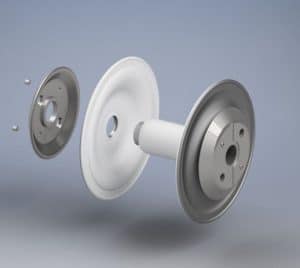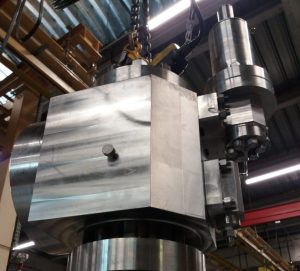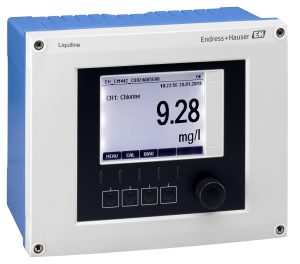![]()
An international paint manufacturer with plants in Europe was having problems with standard Air Operated Double Diaphragm Pumps due to thermal expansion in their solvent transfer pipelines.
Product was being heated up in the pipelines, especially when it was being held between bulk storage tanks and the production day tanks.
Standard air operated double diaphragm pumps can not withstand inlet pressures of more than approximately 0.7 bar on the inlet side of the pump. Pressures above this can cause premature diaphragm failure, along with product leakage through the air systems, which can destroy them. This is often a problem when the pumps are used with Clean in Place rigs where the cleaning chemicals are pushed at pressure through the process pipe work and any inline pumps.

Flotronic air operated double diaphragm pumps can be upgraded with reinforced diaphragms which offer support to the back of the diaphragms when there are high inlet pressures as in the case of thermal expansion, Clean in Place applications or when the pumps need to be placed at the bottom of bulk storage tanks higher than 7m.
This means that the Flotronic double diaphragm range can withstand up to 7bar suction inlet pressure.
BENEFITS
- Ability to withstand up to 7bar inlet pressure.
- Clean in Place without needing to bypass the pump.
- Thermal expansion in the pipework can be dealt with.
- High inlet pressure from bulk tanks higher than 7m can be dealt with.
Click here for related articles and newsSearch for AODP Pump manufacturers in our equipment guide
Sign up for Pumps and Pumping Systems E-Updates
Flotronic Pumps is the only British-owned specialist manufacturer of air operated diaphragm pumps. Founded in 1981 and based in Bolney, West Sussex, Flotronic is famous for its development of a unique ‘One Nut’ pump design, which allows swift disassembly without disconnecting the pump from the process pipework. Flotronic’s concentration on …
Source of Article



